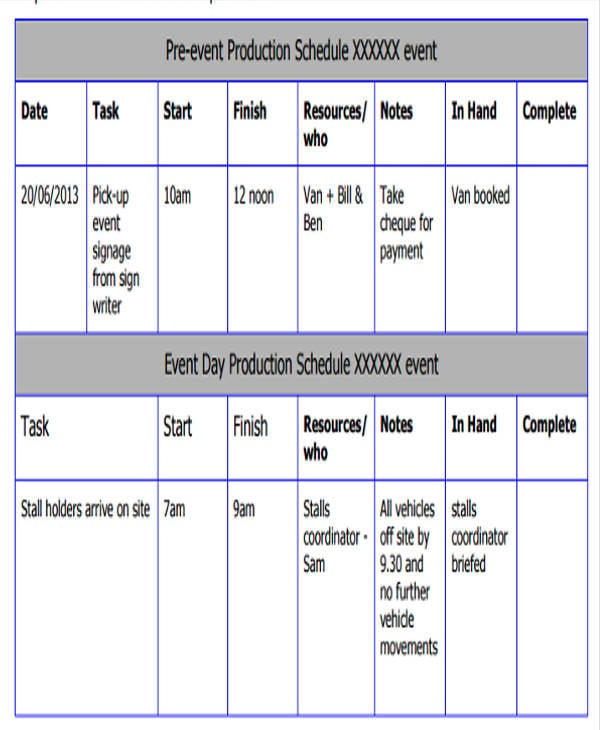Illuminating the Impact of Lighting Methods on the Art of Film Projection Mapping Techniques
Illuminating the Impact of Lighting Methods on the Art of Film Projection Mapping Techniques
Blog Article
Video mapping projection is an innovative creative form that combines tech and creativity to transform common surfaces into extraordinary sight displays. This technique involves casting images and videos onto three-dimensional elements, such as buildings, artworks, or stages. One of the most significant factors in producing effective mapping in the use of effective illumination techniques. Proper lighting improves the aesthetic elements of the projection and ensures that the visuals are clear and engaging. This article explores the impact of illumination techniques on video projection and how they can elevate the complete encounter.
Lighting plays a crucial role in motion mapping because it sets the atmosphere and feel of the display. Different lighting methods can elicit various feelings and reactions from the viewers. For instance, using soft, cozy illumination can create a welcoming environment, while bright, cool illumination may create a more dynamic or intense effect. By carefully selecting light colors and intensities, artists can influence how audience perceive the displayed images, leading to a more engaging experience. The equilibrium between projection brightness and ambient light is crucial, as it can significantly impact the visibility and impact of the visuals.
In addition video projection in entertainment to, color and intensity, the angle of illumination also influences the effectiveness of projection. Lighting from different directions can generate shadows and accents that add dimension to the mapped visuals. This technique, known as chiaroscuro, can enhance the 3D quality of the subjects being mapped. Additionally, using moving lights can add energy to the exhibit, making the experience more engaging for the audience. When the illumination collides with the mapped images, it can create an illusion of movement and change, capturing the audience's attention.
Another important aspect of lighting here are the findings in mapping is the use of special effects. Methods such as patterned illumination, which uses patterns and shapes to filter light, can add depth and complexity to the projections. This method enables creators to superimpose images and create aesthetically stunning effects that enhance the projection. Additionally, adding laser lights or LED lights can further enhance the exhibit, offering a unique blend of sight components that draw the viewers in. These unique effects, when used thoughtfully, can elevate the mapping into a basic show to an engaging work of creativity.
In conclusion, the impact of lighting techniques on motion projection is significant. By understanding how different lighting components interact with projected images, artists can create captivating experiences that resonate with viewers. The thoughtful choosing of hue, brightness, angle, and special effects allows for a vivid canvas of sight storytelling. As tech continues to grow, the possibilities for artistic showcasing in mapping will only grow, making illumination an increasingly vital component in this innovative art medium.